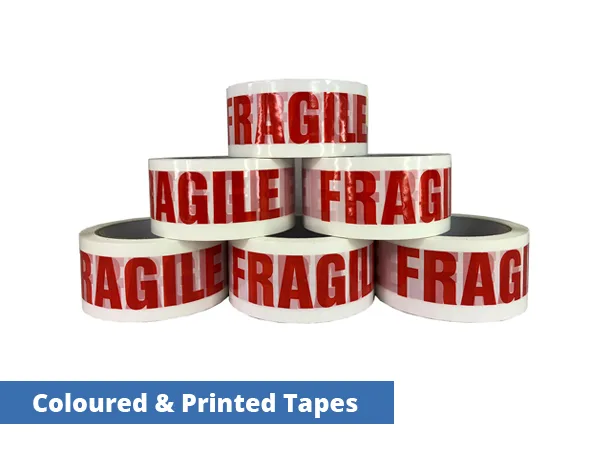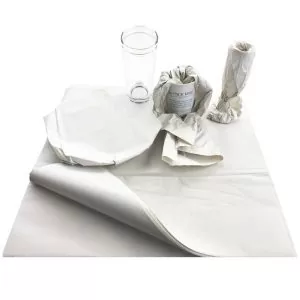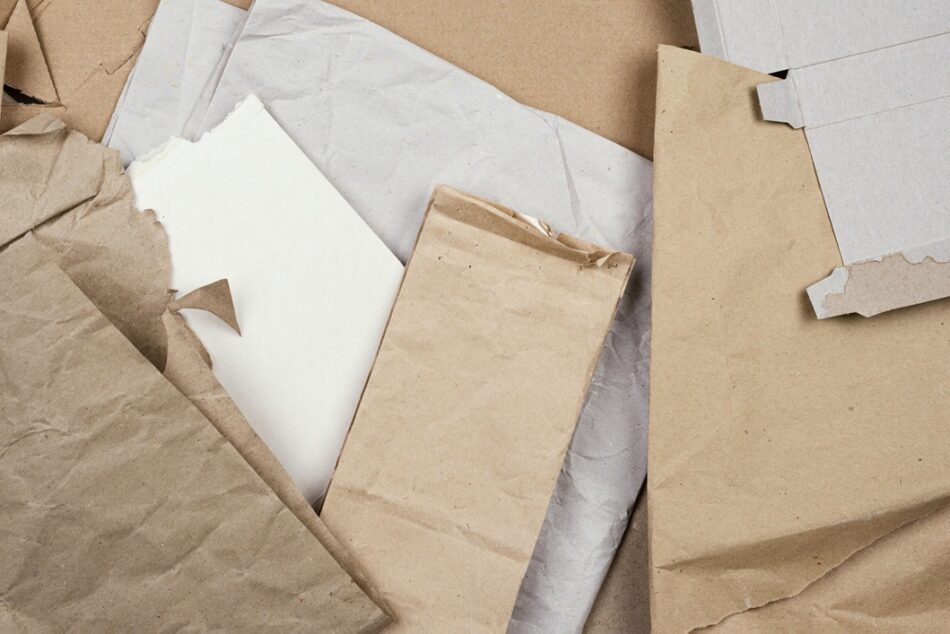Ensuring products arrive in perfect condition is a top priority when shipping or storing them. There is always a risk of damage during transit, whether you are a small business owner shipping fragile goods or a company managing large deliveries. At this stage, selecting the appropriate protective packaging is crucial. Protecting products involves more than just wrapping them in any available material; it also includes selecting local packaging materials, using them wisely, and making sure they are suitable for the specific type of product being shipped.
What are the most effective strategies for preventing product damage, then? Let’s explore some practical solutions, innovative inventions, and traditional techniques.
Understanding Protective Packaging
Packaging is more than just cardboard or bubble wrap. It’s designed to protect products from shocks, pressure, vibrations, dust, and moisture. Using the wrong materials can lead to unhappy customers and increase costs associated with returns and replacements. Purchasing protective packaging is crucial for maintaining professionalism and trust.
The key is to match a product’s fragility with suitable packaging. Durable and delicate items need very different solutions compared to electronics or fragile glassware. Customising packaging materials reduces costs, saves space, and guarantees safe transit.
Printed Tapes for Extra Security
Although it may appear to be the final step, packaging tape is essential for product safety. Printed tapes not only seal packages but also convey handling instructions. The risk of damage can be significantly reduced when handlers are informed to treat packages properly through messages like “fragile”, “handle with care”, or “This way up”.

Printed tapes also function as a security feature. They provide businesses and customers with peace of mind by clearly indicating if a box has been tampered with. Furthermore, they give your packaging a polished appearance and reassure customers that their items have been carefully packed.
Newspaper Offcuts: An Eco-Friendly Cushion
High-tech materials are not needed for all kinds of protection. Sometimes, simple solutions are the most effective. Offcuts from newspapers are a prime example. They are highly adaptable, biodegradable, and reasonably priced. Crumbled newspapers can fill empty spaces inside boxes, stopping items from shifting or colliding during transit. Newspaper offcuts are a reliable choice for companies looking for a sustainable option.
Additionally, they benefit from being lightweight, which reduces shipping costs. They may not have the same polished look as bubble wrap or foam, but they are equally effective, especially for less fragile items. They are a popular choice for many small businesses due to their cost-effectiveness, sustainability, and balanced level of protection.

Choosing the Right Packaging Materials
There is no universal solution when selecting packaging materials. Foam inserts or bubble wrap might be necessary for fragile items. Strong corrugated cardboard and edge protectors are crucial for heavy objects. Flexible fillers such as packing peanuts or paper-based alternatives work well for items with irregular shapes. The aim is to prevent movement within the package and absorb impact.
The customer experience should influence your packaging choices. Protection doesn’t require unattractive packaging; recyclable and sustainable options, such as craft paper, cardboard dividers, and biodegradable fillers, can safeguard your product while supporting eco-friendly principles. As companies adopt greener practices, these materials are increasingly popular.
Why is Proper Packaging Important?
Many companies do not realise the extent of the damage that can be caused. Losing customers’ trust can be just as damaging as having to replace a damaged product. A single negative experience can significantly harm a brand’s reputation in today’s world, where word of mouth and online reviews carry more weight. These risks are minimised, and customer satisfaction is assured with proper packaging.
Furthermore, protective packaging improves the efficiency of shipping and storage. Properly packed items are easier to handle, stack, and transport, which reduces the risk of accidents in warehouses and during transit. In other words, protecting your company’s reputation is just as important as safeguarding the product.

Balancing Protection and Sustainability
Businesses often ask if protective packaging can be sustainable. It can be; while traditional plastics work well, they’re not eco-friendly. Alternatives like recycled cardboard, biodegradable fillers, and newspaper offcuts are safe and sustainable. Many businesses report that customers value eco-friendly packaging as much as damage-free deliveries.
Choosing environmentally friendly packaging materials also helps position your company as forward-thinking and socially responsible. This can provide your business with a competitive advantage in markets like the UK, where consumers are increasingly prioritising sustainability.
The Role of Training and Handling
If products are handled carelessly, even the best packaging will not be effective. It’s vital to train employees and partners on proper packing, moving, and delivery. Printed tapes and clear labels are helpful, but everyone in the supply chain must understand the importance of handling with care.
It is important to remember that packaging is part of a larger system; proper packaging almost always guarantees safe delivery when combined with suitable handling techniques.
Final Thoughts
What are the top strategies for preventing product damage? Utilise innovative packaging materials, such as professionally printed tapes, direct handlers, secure boxes, and eco-friendly newspaper offcuts, to cushion and safeguard your items. The ultimate goal is to balance sustainability, cost, safety, and protect the environment, reputation, and customer relationships. Businesses can ensure their products arrive safely and ready to delight by making informed decisions about protective packaging.
 WhatsApp Us Now
WhatsApp Us Now









